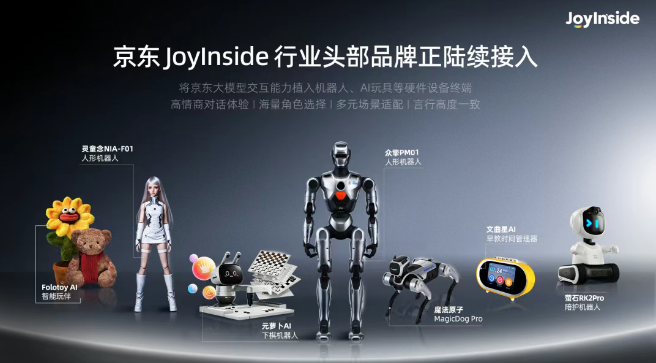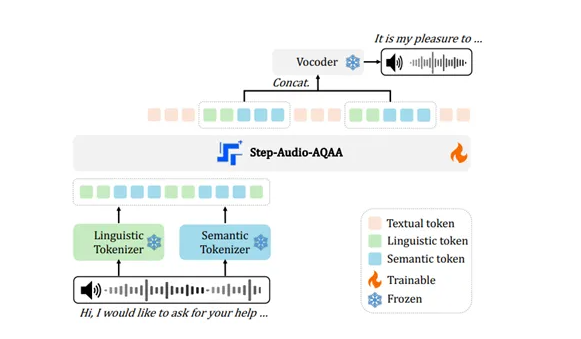With the continuous advancement of artificial intelligence technology, an innovative app called CatsMe! is revolutionizing the way we understand and care for pet cats. Developed by researchers from Carelogy and a Japanese university, this app uses AI to analyze subtle facial expressions of cats to detect signs of pain with an astonishing accuracy of over 95%.

Cats naturally tend to hide their pain, an instinctive behavior they've evolved to avoid attracting predators. The Drake Veterinary Care Center points out that this characteristic often makes it difficult for pet owners to detect their cat's discomfort. Kazuya Edamura, chair of the Animal Pain Research Group, emphasizes: "Many times, people are not aware that their cats are in pain. This AI tool can detect these subtle changes, which is very unique.”
Users simply upload a photo of their cat's face, and the CatsMe! app can analyze and judge the level of pain within 10 seconds, categorizing the results as "No Pain, Mild Pain, or Severe Pain." The app also provides a calendar feature to track the time of facial scans and offer insights into the cat's trend of feeling over a two-week period.
Since its launch, CatsMe! has been downloaded by over 200,000 users in 50 countries. Recently, Carelogy has opened up more advanced features, allowing free users to save records of multiple cats or to analyze multiple photos at the same time. Users can share the app's results with veterinarians or loved ones and interact with the AI chatbot within the app to understand their pet's emotional state.

Kenji Teshima, the head of the Acute Pain Working Group of the Animal Pain Research Association, said: "This cat pain detection AI is the first in the world to detect signs of pain from cat photos. We hope it can help identify and even treat the pain of cats.”
Carelogy states that they hope to make all biological healthcare more democratized through the CatsMe! app. This innovation not only enhances pet owners' awareness of their cats' health conditions but also provides new diagnostic aids for veterinarians, with the potential to significantly improve the quality of life for cats.









